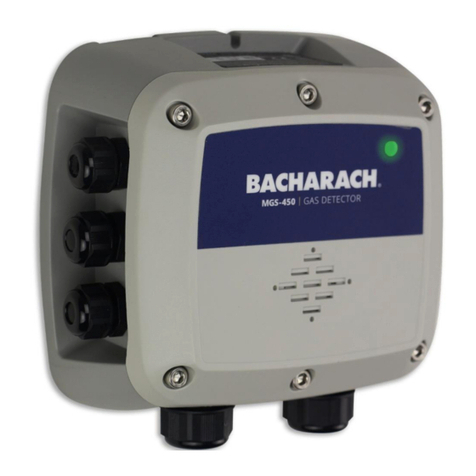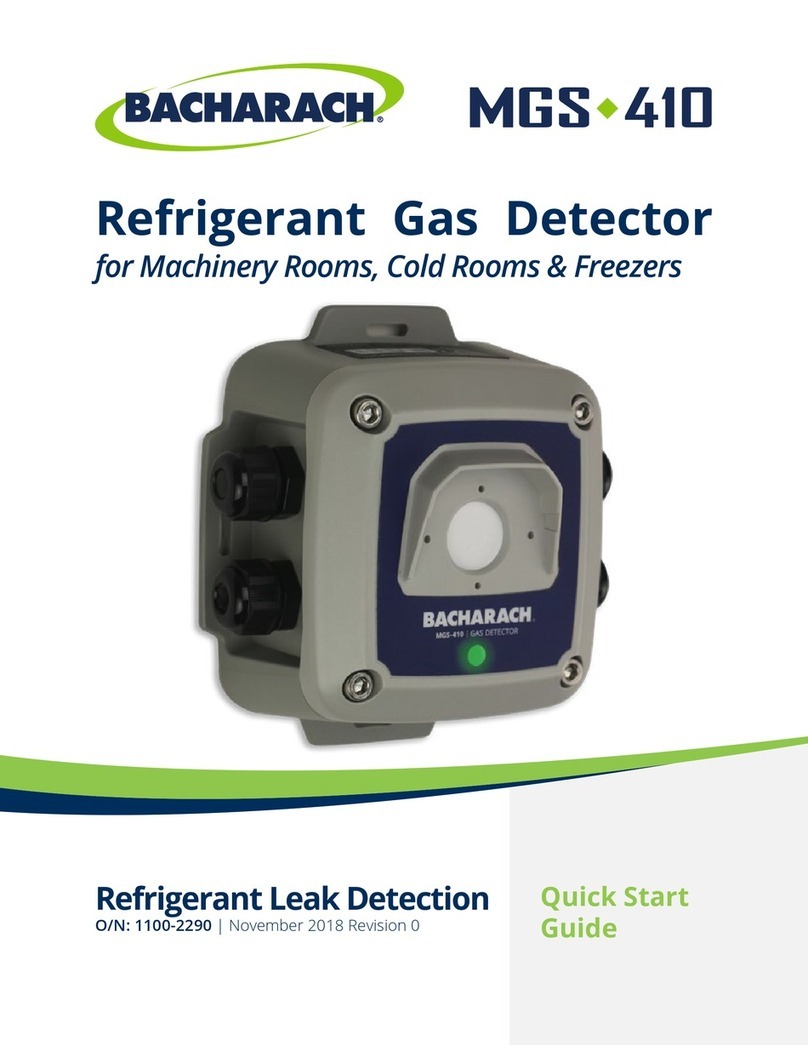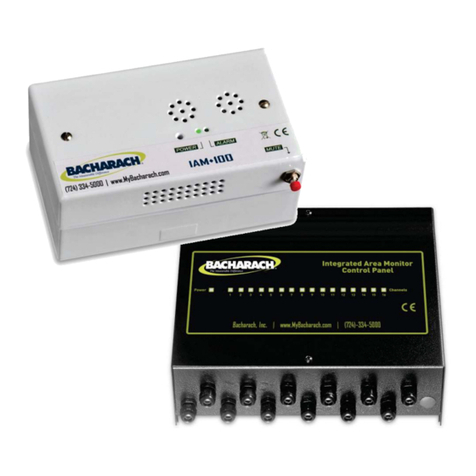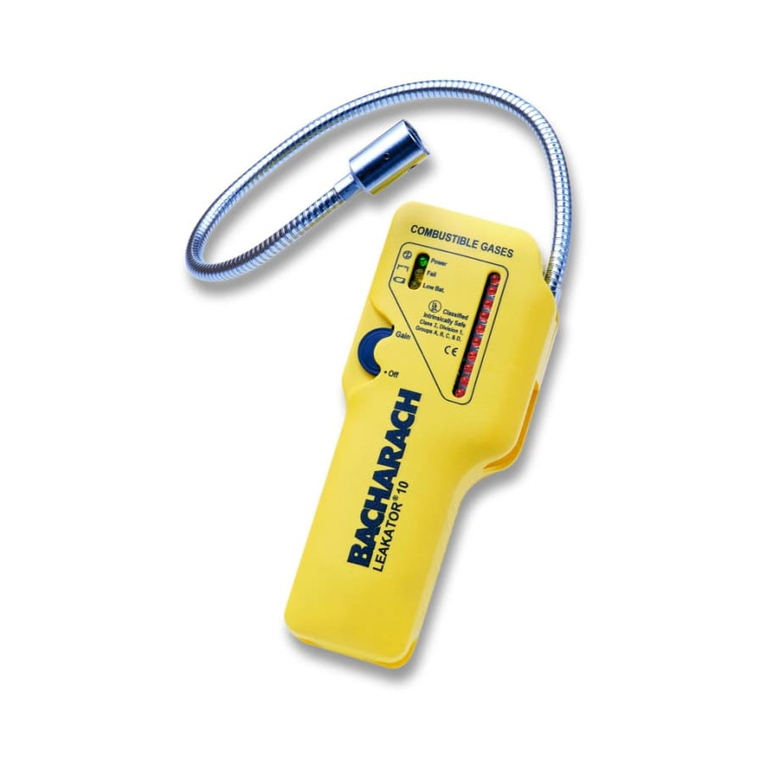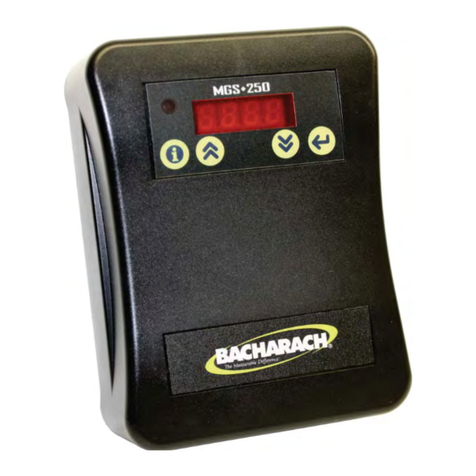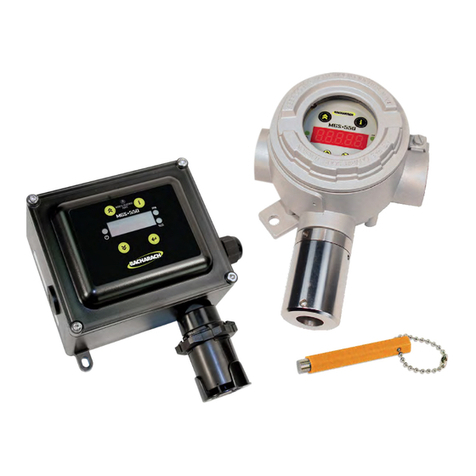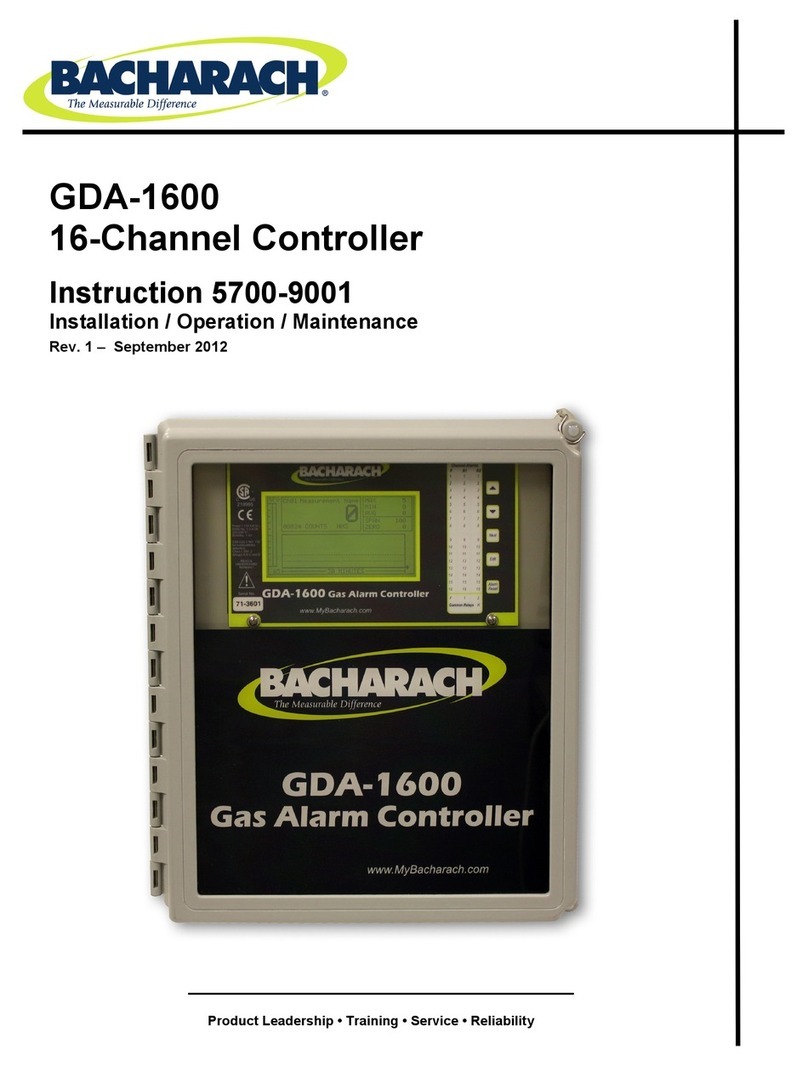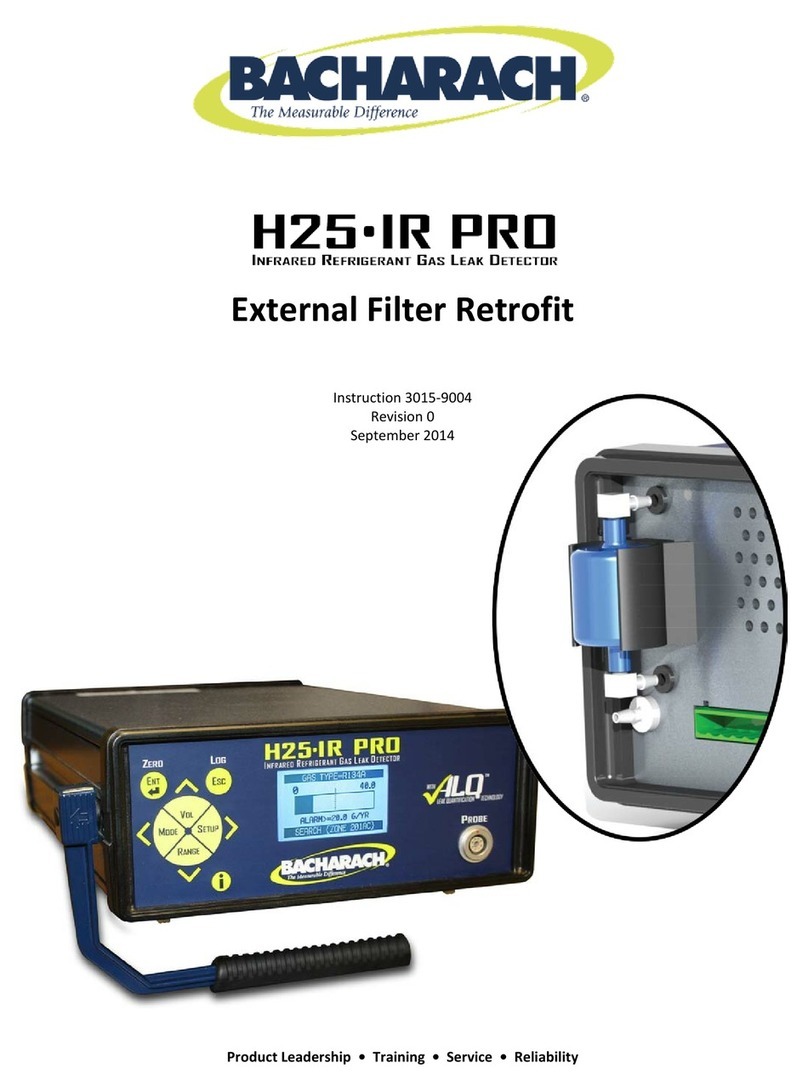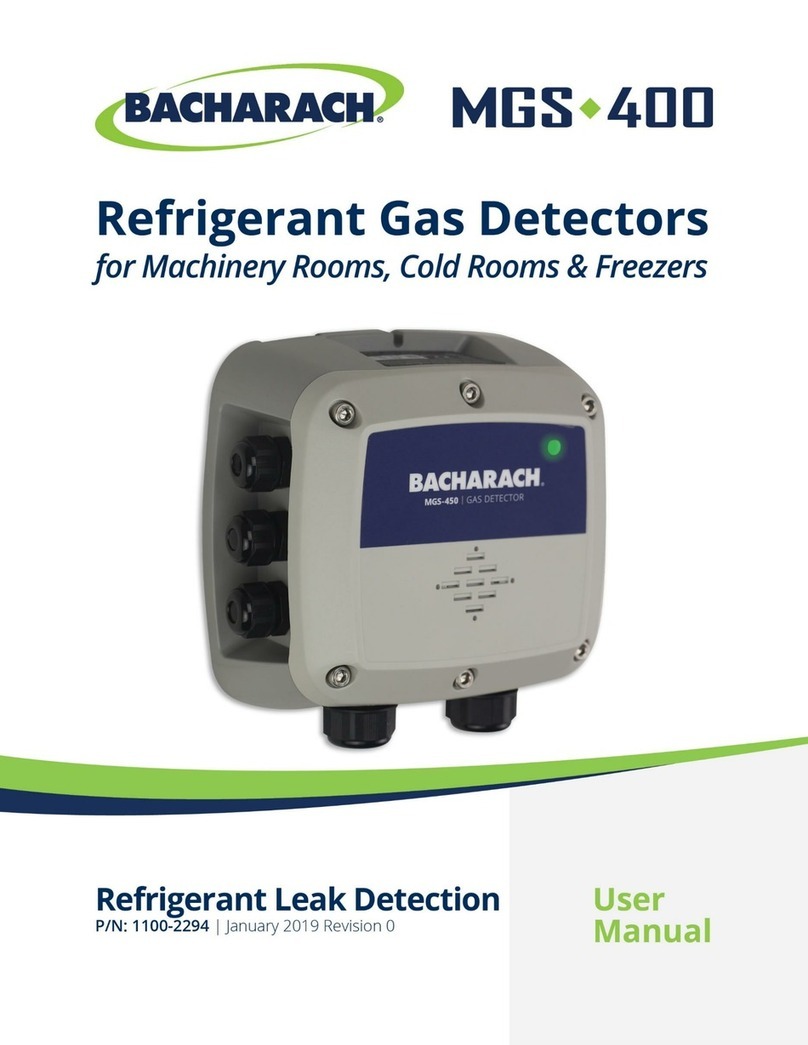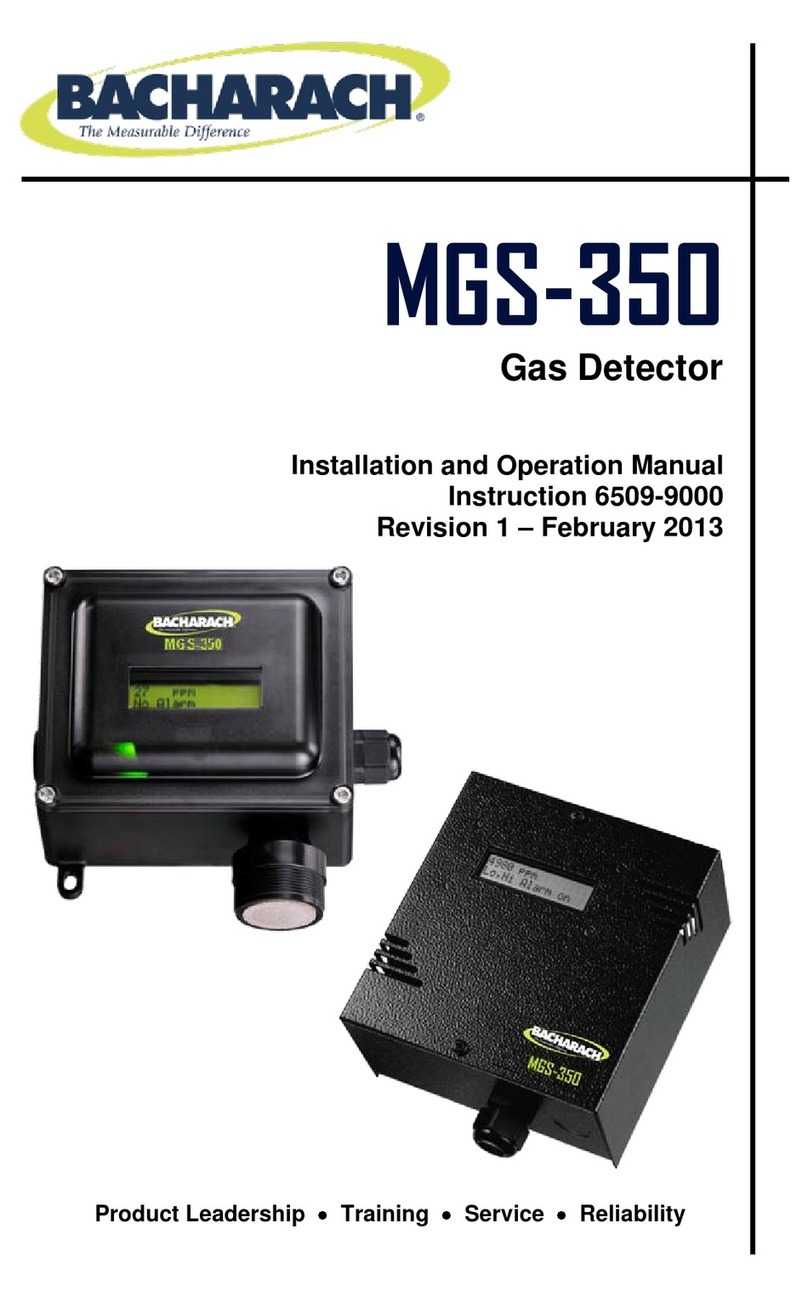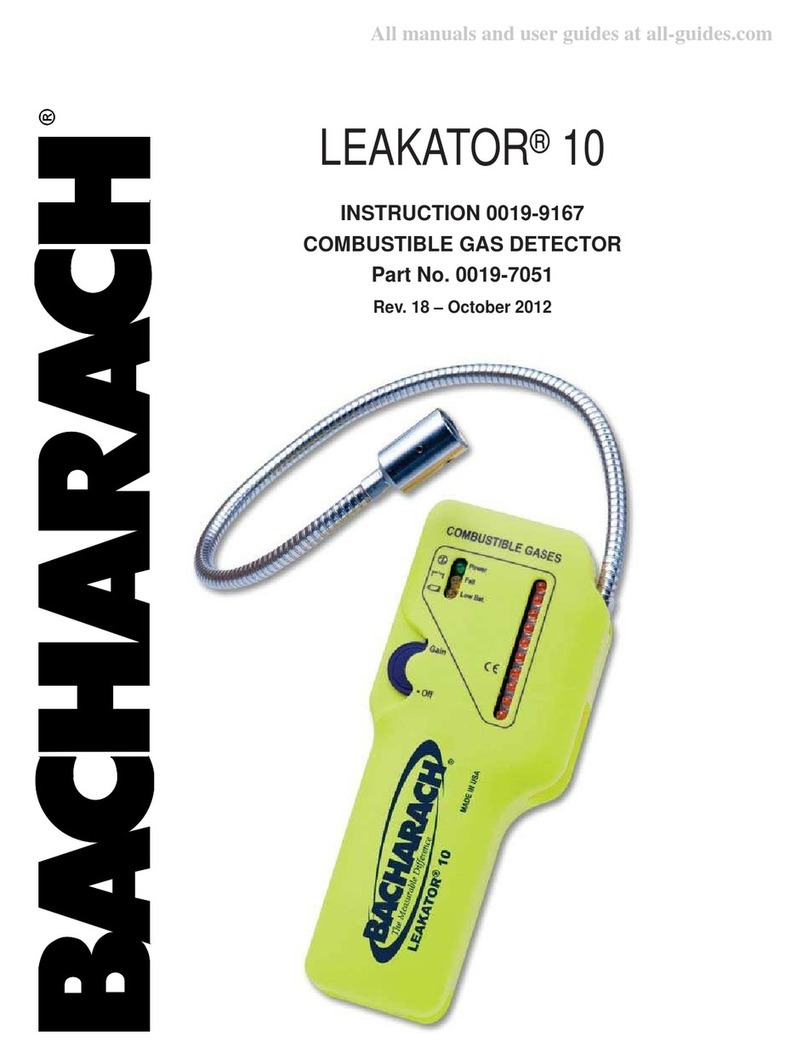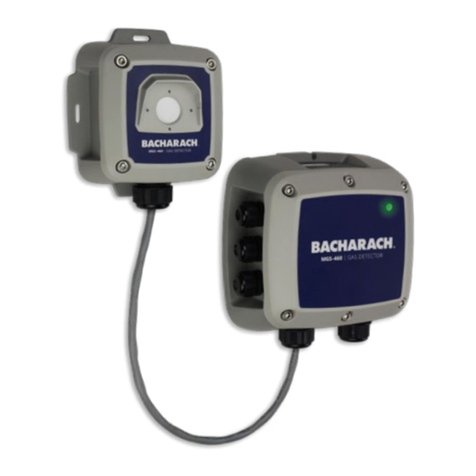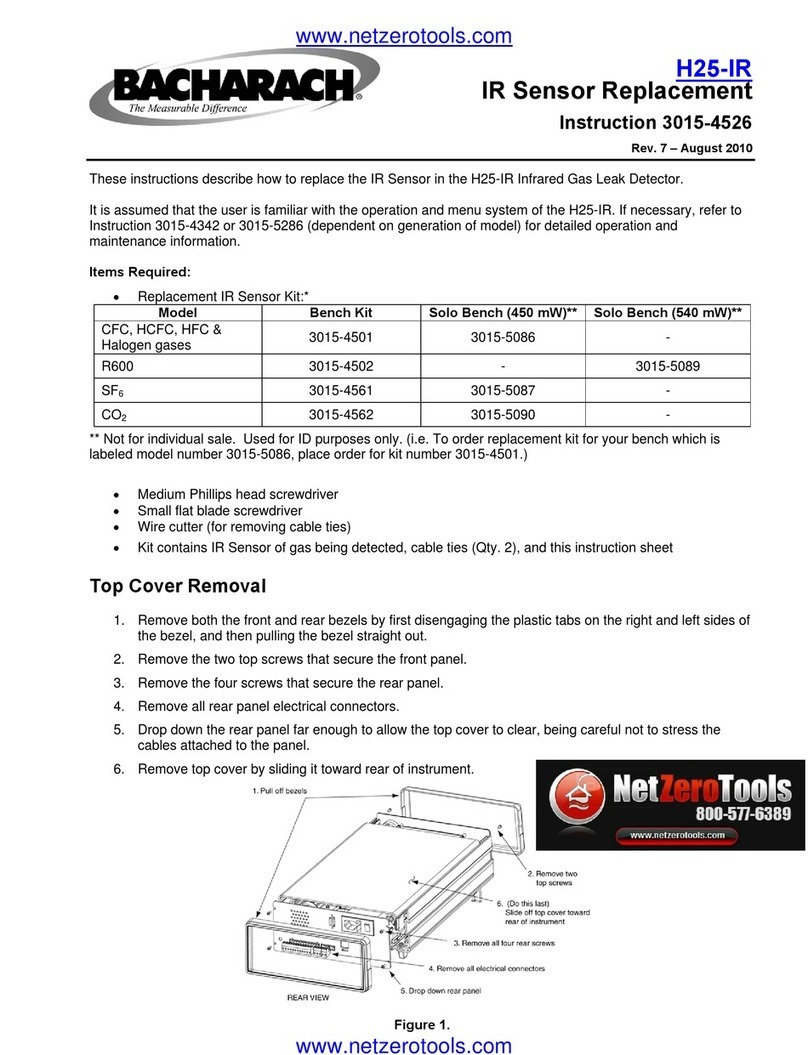
MVR-300™ Refrigerant Gas Detector
P/N: 6203-9000 Version 1 3
TABLE OF CONTENTS
SECTION 1. SAFETY ............................................................................................................................5
1.1 Definition of Alert Icons..............................................................................................................5
1.2 General Safety Statements .......................................................................................................5
1.3 Safe Connection of Electrical Devices ......................................................................................6
SECTION 2. DESCRIPTION..................................................................................................................7
2.1 Product Overview ......................................................................................................................7
2.2 Intended Use .............................................................................................................................7
2.3 Design Features ........................................................................................................................7
2.4 Components Overview..............................................................................................................8
SECTION 3. INSTALLATION..............................................................................................................10
3.1 General Information for Installation .........................................................................................10
3.2 Mechanical Installation............................................................................................................10
3.3 Configuration ...........................................................................................................................12
3.4 Electrical Installation................................................................................................................14
SECTION 4. OPERATION...................................................................................................................17
4.1 Start-up....................................................................................................................................17
4.2 Alarm Management Function and Configuration.....................................................................17
4.2.1 Default Alarm Function...............................................................................................17
4.2.2 Alarm Delay – Switches 2 and 3 ................................................................................18
4.2.3 Failsafe – Switch 4 .....................................................................................................20
4.2.4 Alarm 2 Relay – Switch 5 ...........................................................................................20
4.2.5 Latching Alarm State – Switch 6 ................................................................................20
4.2.6 Buzzer Disable – Switch 7..........................................................................................20
4.3 Other Switch Configurations....................................................................................................21
4.3.1 Reset (Cycle Power) -Switch 1................................................................................21
4.3.2 Reset to Factory Default Values -Switch 8...............................................................21
4.4 Operation of Magnetic Switches, Buzzer, and LED ................................................................22
SECTION 5. MAINTENANCE..............................................................................................................23
5.1 Maintenance Intervals .............................................................................................................23
5.2 Adjustments.............................................................................................................................23
5.2.1 Introduction.................................................................................................................23
5.2.2 General Procedure .....................................................................................................24
5.2.3 Zero Adjustment.........................................................................................................25
5.2.4 Span Adjustment ........................................................................................................25
5.2.5 Bump Test ..................................................................................................................26
5.3 Troubleshooting.......................................................................................................................26
5.3.1 Failed Span Adjustment .............................................................................................26
5.3.2 Hexadecimal Format ..................................................................................................27
5.3.3 Fault Conditions..........................................................................................................28
5.3.4 Fatal Faults.................................................................................................................29
5.3.5 Critical Faults..............................................................................................................29
5.3.6 Negative Gas Fault.....................................................................................................29
5.3.7 Non-Critical Faults......................................................................................................29
5.4 Replacing the Sensor Module .................................................................................................30
5.5 Cleaning the Detector..............................................................................................................31
SECTION 6. SENSOR PRINCIPLE.....................................................................................................32
SECTION 7. DISPOSING OF THE DETECTOR.................................................................................33
SECTION 8. TECHNICAL DATA.........................................................................................................34
8.1 Approvals.................................................................................................................................34
8.2 Specifications for Modbus RTU Digital Communication over RS-485 ....................................34
8.3 Power Supply and Relay Specifications..................................................................................34
8.4 Wiring Specifications ...............................................................................................................34
8.5 Physical Specifications............................................................................................................35
www. .com information@itm.com1.800.561.8187
